

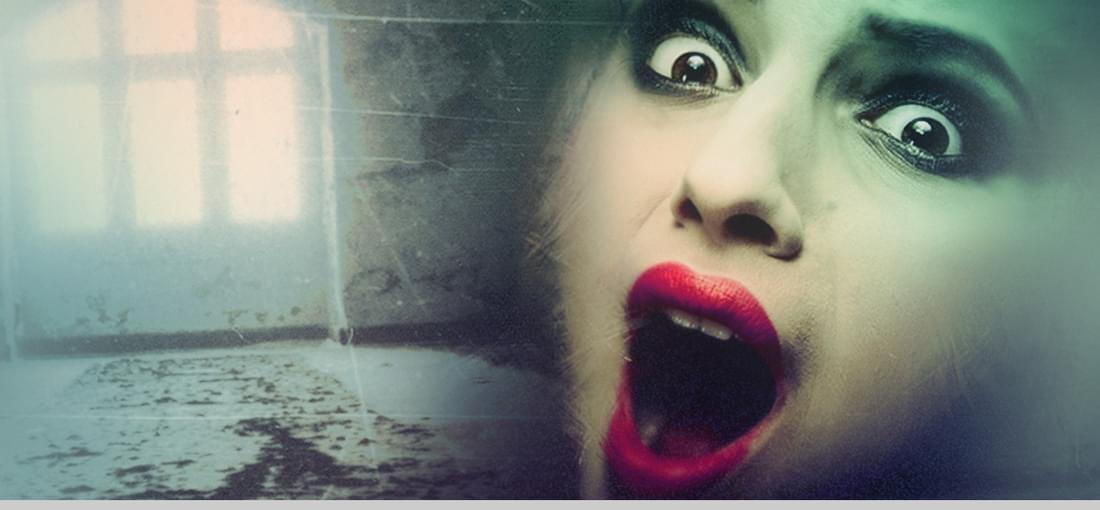
Phantasmagoria is, undoubtedly, a key point in gaming history. Phantasmagoria's concept is nothing new - a haunted house, ghostly possession, some gore and mystery added to the mix and that's that. The story is predictable, characters are bland, heck, even the puzzles are nothing much. However, besides the obvious nostalgia factor for most of us, there is one thing that separates Phantasmagoria from the rest and that is, in my opinion, mood. The tone and setting of the game, the epic castle filled with corridors, hidden rooms, odd devices... Every chapter of the game shows a new aspect of the castle, and things...change throughout. There is some non-linearity to be found as well, as some events are not bound to specific chapters, while some are. There are few key events and items needed to fully complete the game, and it is intentionally easy to miss them; whether this is good or bad, I leave that to you. Also of note is the wild ending sequence which actually does scare you a bit, along with one particularly striking and infamous rape scene (which I hope is included in GOG's release, uncensored). Phantasmagoria was a technological leap forward back then, and even though it looks and feels downright silly today, with it's cheesy acting, horrible script, eye-crunching 'real-time graphics' and such, it is still a milestone in gaming's development, and should be seen as such. You might not like it for the plot or the relatively easy playthrough, but if you're into some history and acknowledge the 'so bad it's good' theory, then by all means, play it and enjoy it. We who loved it back then already have our copy. :)
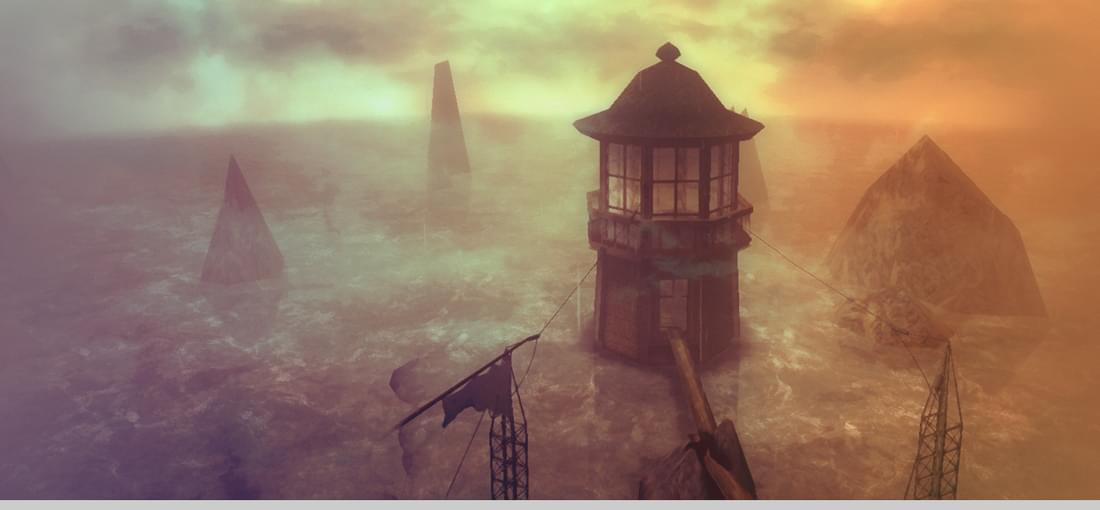
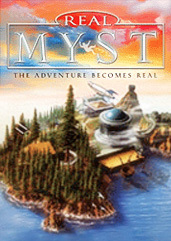
Yes, this is Myst, the same Myst you can find in the Masterpiece Edition also available on GOG, however, with a few additional kinks... First off, obviously, it's in full 3D. Not quite a splendid 3D rendition, considering the age of the title, but it's still pretty well done. The atmosphere from the original Myst is kept the same, and the 3D doesn't feel like an unnecessary addon, but a part of the experience, and that's a plus in my book. The controls can make your playthrough easier - you may freely turn, explore and find more nooks and crannies than ever before, and it's really cool if you're a Myst player from the beginning. And, there's a completely new bonus Age to explore that connects to the following chapter, Riven, with a lovely new puzzle, too. Other than that, it's the same old Myst like we always knew it. If you like static, but prettier images in a storybook fashion, get Myst Masterpiece. If you would prefer a more modern approach and have sleeker input, get RealMyst. You won't lose anything in either case.
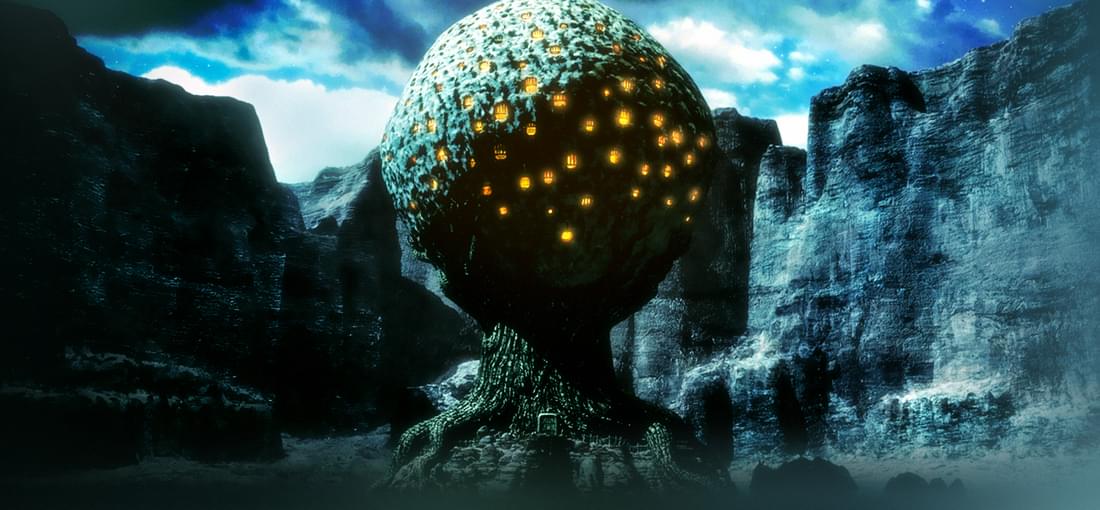
You liked Myst? Good, buy this! You like atmosphere and puzzles? Good, buy this! Myst was an innovative, fresh and unique adventure when it came out, and the sequel needed to live up to its name. Riven is all that Myst was (and still is) and more - the story of Myst continues and a whole new world is at your viewing pleasure. Not to spoil anything; let's just say the story is brilliantly crafted just like in the first installment, and can leave you with alternate endings and there are many secrets to be discovered. Riven is a change from Myst, not in the way it's played - you're still an unnamed protagonist (well, you yourself) exploring a meticulously crafted and fantastic world by clicking on animated screenshots and solving puzzles. The change itself is in the complexity and sheer trickiness of the puzzles. While Myst had a relatively separated area and rules for each set of puzzles, Riven is designed differently. If you do not understand the concepts of Riven, the lore and the connections between the puzzles themselves, you're in for a rough time. Even practiced adventure players will (I guarantee it) get hopelessly stuck at least once during their exploration efforts. While Myst is constructed as separate (but wonderfully made) parts, Riven goes even further and manages to unify each and every segment, puzzle piece and location with such ease it makes you go 'Aha!' when you finally figure it out. I'll say it again, this is not a review in the usual sense - to experience Riven is just that - experience. Riven (along with the whole Myst series) is one of the pinnacles of expression in the video-game medium, and as such needs to be - experienced. Just be wary - pen and paper are not recommended but *needed*. And your brain will turn into mush at least twice.
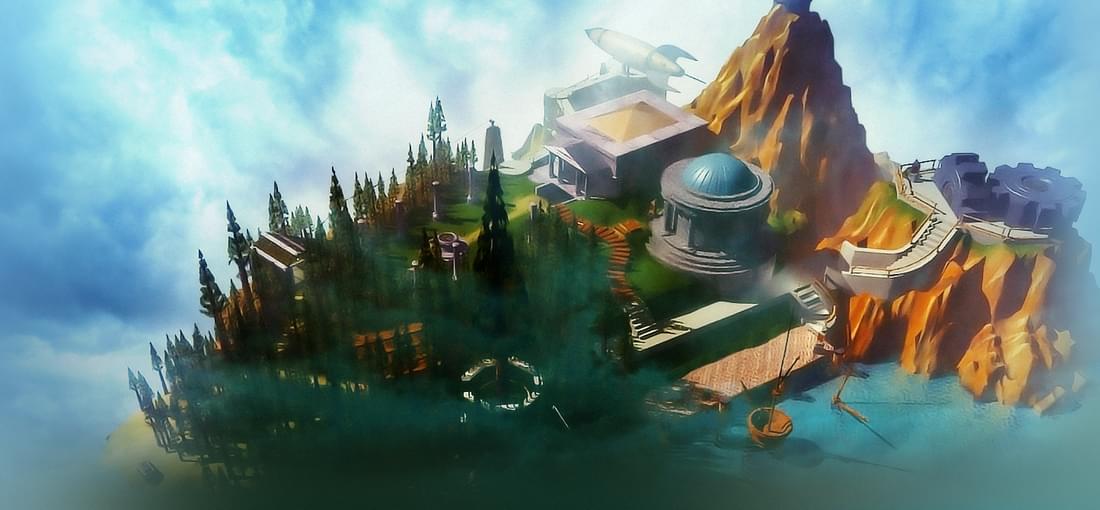
Should I even be saying anything about Myst? If you don't know about it already, then where were you, under a rock? Myst is undoubtedly a pioneer in many things - one of the first games that revolutionized the way we play games, using (at that time) a new medium, the CD-ROM, the first to make an emphasis on story and atmosphere much more than gameplay, and the first to blend puzzles into a living, breathing world filled with sights and sounds unique to the videogame medium. From beginning to end, Myst does not have enemies. Myst does not rush you into anything. Take your time. Explore. Click on anything and everything. Listen to the environment. Use your mind. Pick up pieces of the story, try to assemble them into a chapter. A chapter of your own writing. Because Myst and the rest of the series is just about that - experiences written in a book. Perhaps I am too confusing, and this is certainly not a review in the general sense, but that is the effect Myst has on you. It's not a game, it transcends that. Cyan Worlds aren't named like that for nothing - they did create a world, a world you can visit at anytime, and that world - is Myst. The technical details, whether they be puzzles, pre-rendered backgrounds, the music, or anything else, just don't matter. What matters is that you become a part of Myst, just as much as Myst becomes a part of you.
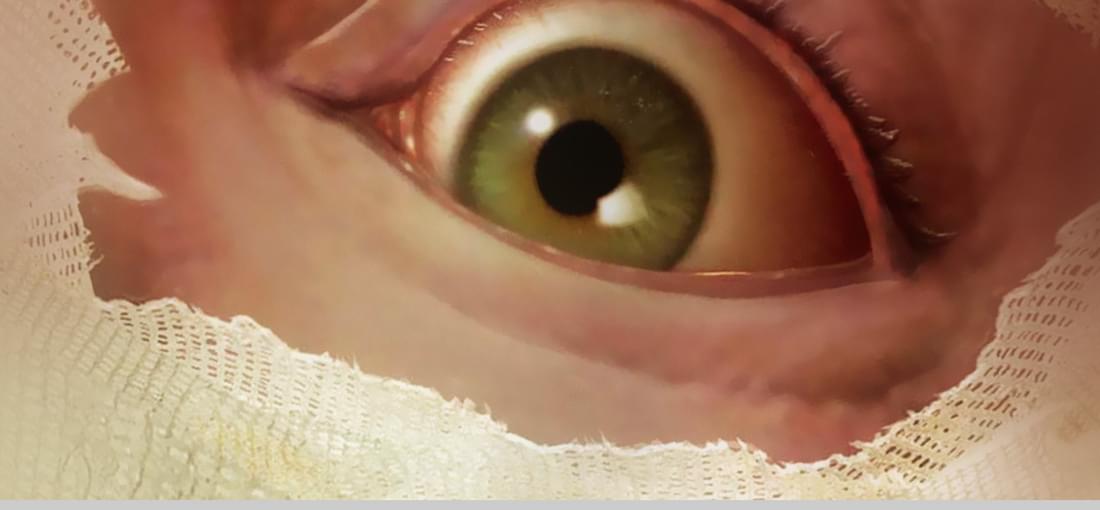
Sanitarium is truly a masterful example of p'n'c adventures. I could end it right there, if I so wish, but I won't. It would be unfair not to mention the fantastic elements of this one of a kind game. The highlight of Sanitarium is most certainly the plot. From beginning to end, there is not a moment where you will not be (at least slightly) confused and possibly disgusted. After all, you are in a madhouse. Or inside your mind? Or inside your *minds*? Or something completely unexpected? I won't spoil anything, but I can say that the game, divided into chapters, is thought out and planned with care and reads like a good book. A good, terrifying book. The game's production cost must have been high when it came out. All of the locations are pre-rendered, but done so beautifully. Characters are 2D sprites of high quality and detailed animation, fitting into their backgrounds perfectly. The art style fits the game's mood, and that's always a plus. Every bit of dialogue is voiced, including the thoughts of your protagonist, sometimes it's great, sometimes it's a bit lacking or cheesy. The music is somber, chilly and sometimes completely unexpected. There are lots of FMVs too, adding to the story. The gameplay is standard p'n'c fare, in terms of collecting items, using items, solving puzzles, talking to characters and exploring locations. The difference between Sanitarium and other games in the genre is in structure: the game is divided into chapters, and each chapter is actually played on one single big screen. The screen is divided into closed and open areas - ie. standing in front of an open door will "open" the room to your view and slightly darken the outside. This completely eliminates any loading times in the chapters themselves, which is a huge thing for immersion. The controls are a bit different too, everything is done with the mouse and its two buttons. The left one for interacting with objects/NPCs and holding the right one for movement in the direction you choose (ie. holding the right button and moving the mouse left will move your character left). The inventory is simple and appears by clicking on the protagonist: items appear in a circle around you, pointing over them brings up a description and clicking on them makes them usable with the environment. NPC dialogues are done with topics. Talking to a character brings up a screen on the bottom with your picture and the NPC picture, with topics in the middle. Ie. talking about "You" will bring up the question "Who are you?" and so on. Talking about topics almost always brings up new topics. It's important to talk to everyone (and every...thing) because new topics appear a lot. A nice visual touch is that the pictures represent the mood of the protagonist (an angry face for rebuttals or a shocked face for revelations, etc.). The puzzles themselves are mostly fairly logical, you just need to adapt to the certain chapter (like I said, I won't spoil anything). There's a decent amount of items and chances to use them, but not much (if at all) combining. It's important to note that everything needs to be examined first before you can use it/pick it up. The only bad thing about Sanitarium might be its ending. I say 'might' because it's a personal preference. To me, it feels a bit rushed. The final puzzle is excellent and challenging, but the end leaves you wanting for a bit more. Some users also reported a few bugs, but nothing that can't be fixed with a few clicks on Support here on GOG. Other than that, you're in for a great and mad experience. I wholeheartedly recommend this game. Definitely one of the best games in GOG's catalogue, dare I say it.